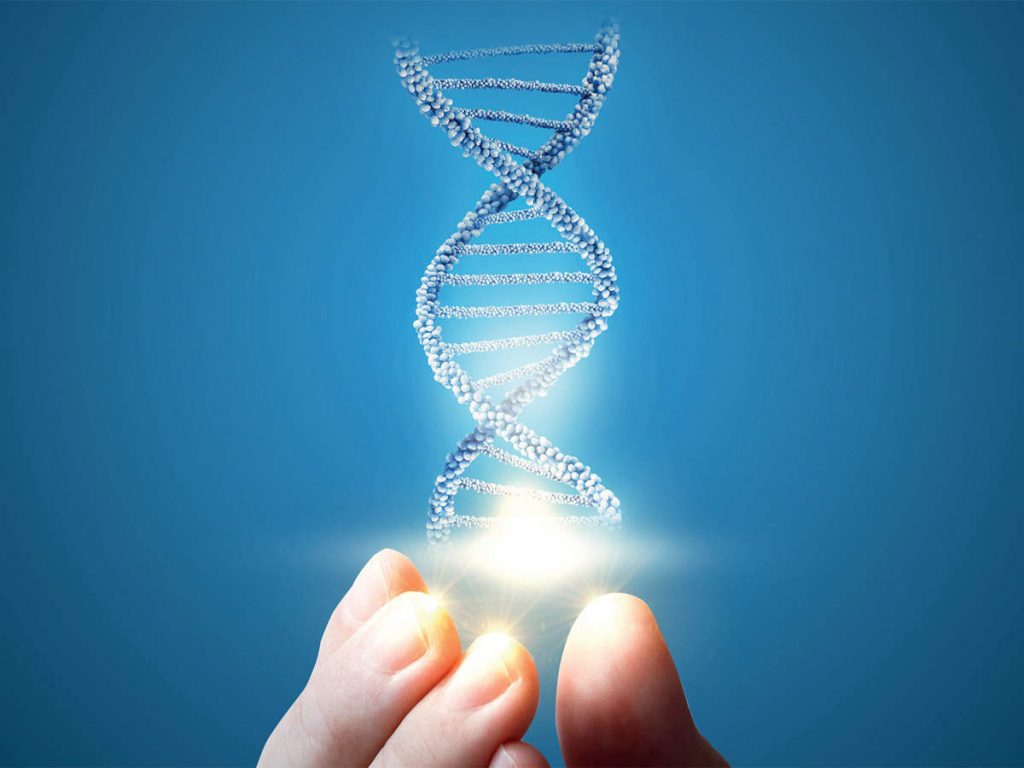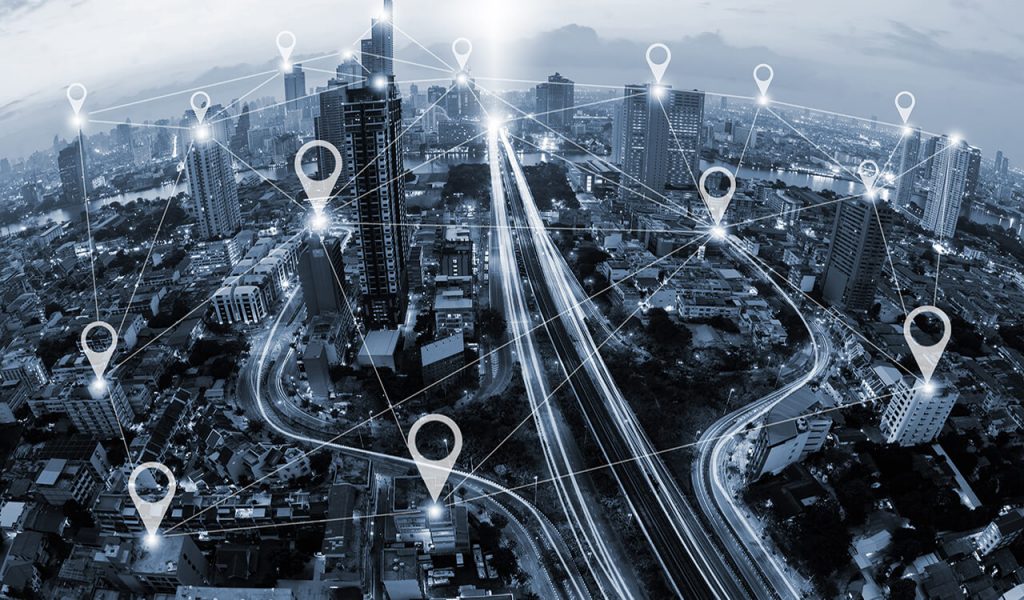Although the concepts of Next-Generation and Sanger sequencing service technologies are considered to be the same, there are some basic differences between them which you should know about.
With the rapid evolution of technology, the NGS or Next Generation Sequencing has effectively transformed how sequencing was performed.
If you are focusing to opt for Sanger sequencing service, then you should first understand this technology well.
Key Differences To Know About
- In both Sanger and NGS sequencing, DNA polymerase contributes to add fluorescent nucleotides one by one onto a growing DNA template strand.
Again, the fluorescent tag helps in the identification of incorporated nucleotides. But, the main difference between both NGS as well as sequencing lies in the sequencing volume.
- Talking about the Sanger method, this helps in only sequencing a single fragment of DNA at a time. On the other hand, the NGS is considered to be massively parallel. This helps to simultaneously sequence millions of fragments per run.
Also, this is known to be a high throughput process that helps to sequence a lot of the genes at one time. Not only that, but the NGS tends to offer greater discovery power for the effective detection of rare or novel variants specifically with deep sequencing.
- Sanger sequencing technology specifically possesses a familiar workflow. Not only that, but this fast and affordable sequencing method is used for low numbers of targets which range from 1 to 20.
On the other hand, the targeted NGS is considered to have higher discovery power and higher mutation resolution.
Not only that, but this helps to produce more data specifically with the same amount of the input DNA. Also, in the case of targeted NGS, the higher sequencing depth enables higher sensitivity which is down to 1% and it also has higher sample throughput.
Advantages Of NGS And Sanger Sequencing
Different Benefits of NGS include:
- The lower limit of detection
- Wide-ranging genomic coverage
- Faster turnaround time specifically for the high sample volumes
- Higher sensitivity for the detection of low-frequency variants
- Specific ability to sequence a lot of the genes or gene regions simultaneously
- Higher throughput particularly with the sample multiplexing
But, the different advantages of Sanger sequencing include:
- Cost-effectiveness
- Fast and have the familiar workflow
Final Words

So, the above-discussed ones are known to be some of the major differences existing between Next Generation and sequencing. Proper understanding of the differences is always very important before you opt for either Next Generation or Sanger sequencing in Retrogen, Inc.
Therefore, the sequencing service is known to be 99.99% accurate and this is the main reason, why this method is regarded as the gold standard specifically for clinical research sequencing.
However, the newer NGS technologies are increasingly becoming popular and common in most clinical research labs.
This is particularly due to their higher throughput capabilities as well as lower costs per sample. The specific technology you focus on using is truly dependent on your unique requirements.






